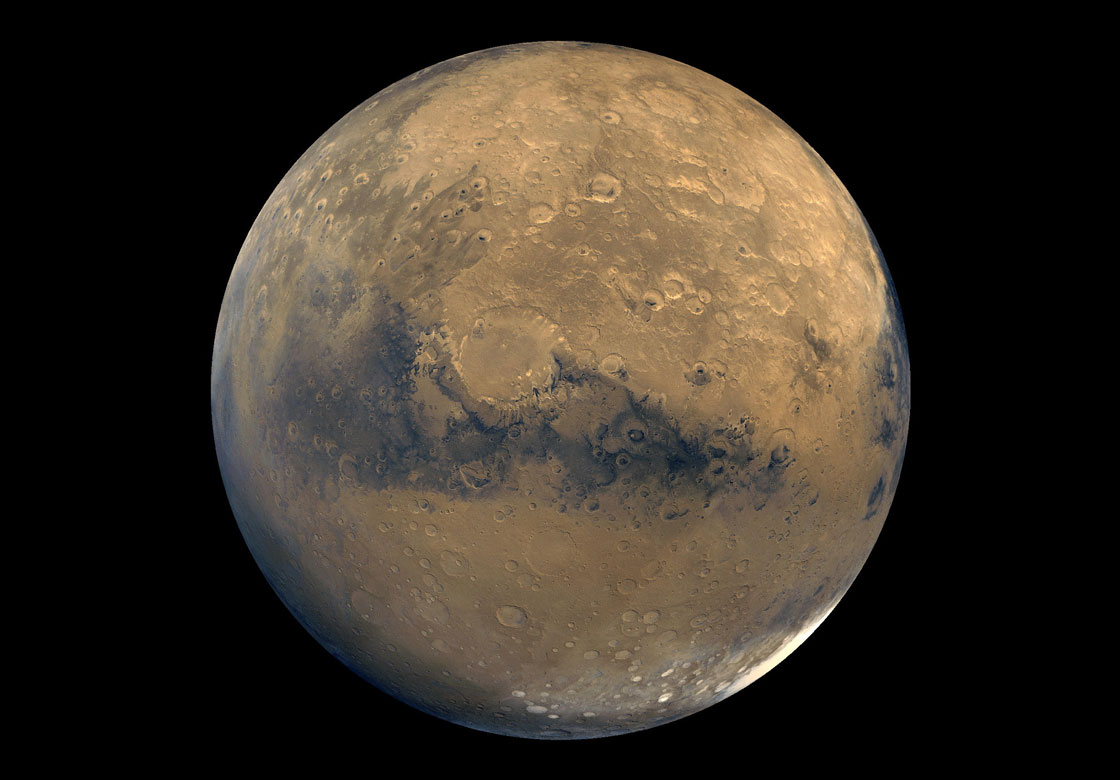TORONTO – Fine materials on the surface of Mars contain water, according to a paper published in the journal Science on Thursday.

Lead author Laurie Leshin revealed the Mars Curiosity rover, which has been trundling around the Red Planet since Aug. 6, 2012, made the discovery. “If you took a cubic foot of Mars dirt and just heated it up a little bit, you’d get about two pints of water… a couple of bottles of worth of water,” said Leshin.
This isn’t the first time that water has been detected on Mars. In 2008, the Phoenix lander found proof of water ice beneath the Martian dirt.
However, this water in the dirt helps scientists confirm that water is likely distributed uniformly across the Martian surface, not just at the poles.
Leshin said that means that “no matter where you go, you have water.”
The consequences are far-reaching. Many proposals for going to Mars include having to bring along water or machinery that can recycle urine and water from spacecraft into potable water.
But if water is already present, that means that it should be relatively easy to extract that water for use.
When speaking with Global News, Leshin also remarked that another important use for the water would be for protection against harmful radiation.
Galactic cosmic radiation (GCR) is a serious danger for humans. Curiosity recently determined that between GCR – which comes from supernova explosions and other high-energy events that have occurred outside our solar system – and solar energetic particles – which are ejected from the sun – the radiation endured would exceed acceptable limits for humans.
On Earth, our magnetic shield protects us from radiation. Mars has a very weak magnetic field.
However, hydrogen provides a barrier from radiation, and water has plenty of hydrogen.
“It was a real thrill,” said the lead author. “A lot of us have been working on this mission for a decade.”
Curiosity, a working laboratory on Mars, collected samples of dirt (not soil, as soil is partly comprised of organic matter, of which none has been found on Mars) and fed “half a baby aspirin’s worth” of it into the Sample Analysis at Mars (SAM) instrument. Once it was sieved a bit, the instrument heated the soil to 835 C and analyzed the released gases. That’s when water was detected.
“Most of us don’t think about the dirt beneath our feet, but when that dirt is beneath your wheels on Mars, it’s pretty interesting stuff,” said Leshin.
Leshin added that the water is likely coming from the atmosphere, which means that the dirt is “like a sponge” soaking it up.
Just because water has been found on Mars, doesn’t mean we can start planning out communities, however. There is the radiation to think about as well as other hazards such as perchlorate.
Perchlorate is a chemical found on the Martian surface that can produce serious health hazards, mainly to our thyroids. Though only found in low amounts on the Martian surface – only about a half-percent of any scoop of dirt – it still can be dangerous.
“I think the more we know about Mars the better off any future explorers will be,” said Leshin. “This is one of the reasons why we send robotic explorers there, to try to understand how to pave the way for humans.
“I think there are a lot of hurdles that need to be overcome before we are ready to send humans to Mars to survive long-term,” Leshin said. However she adds, “It’s a big challenge, but the only time you invent great new things is when there are big challenges ahead of you.”



Comments